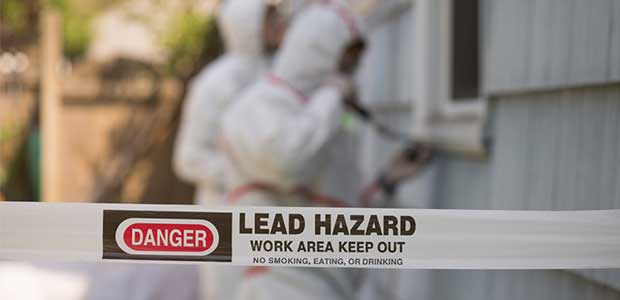
Lead Poisoning Prevention 101: Your Responsibilities as a Business Owner
Lead poisoning in the workplace is not only deadly for workers but can also mean legal repercussions for your business.
- By Jennifer Dawson
- Jun 03, 2020
Lead poisoning in the workplace is not only deadly for workers but can also mean legal repercussions for your business. In 2019, California signed Bill 35 into law that requires the reporting and listing of workers exposed to lead in the workplace. The Bill offers remedial steps that businesses can take, as well as recommendations for fines and citations. Other states across the country are said to adopt the same or a similar approach to protect workers from the dangers of lead exposure.
Alert Workers to Potential Exposure
One of the first steps to ensure workers are protected from exposure to lead is to alert them to the possibility of lead in their work area. Workplaces that are often subjected to lead include construction, roadwork, shopfitting, manufacturing, and plumbing. It’s important to check the work area first to determine if there is a risk of lead and thorough testing should be done to safeguard the workers. If the workspace is deemed unsafe, workers need to be notified of the risk, and where the risk is. For instance, lead paint that is peeling off an old window frame. Workers need to know how to approach areas that are lead hazards and which steps to follow to remove the hazard and to make the area safe. Regular updates, training, and best practices need to be shared regularly to ensure workers are aware of the proper procedures.
Provide the Needed Protective Gear
It’s not enough to don a pair of gloves and scrape away or clean the area that contains lead, as breathing in harmful fumes can increase blood toxicity. Poisoning from lead paint is 100 percent preventable and those who use the right safety precautions shouldn’t be affected at all. Personal protective equipment such as fully ventilated work suits and masks are a must when tackling lead projects. This also extends to those who work in a manufacturing plant where lead smelting occurs due to the fumes. Workplaces that may not be obvious sources of lead exposure include ceramic and pottery stores that use glazing, stained glass works, and plumbing sites. Workers should use their protective gear, and once done, wash their hands and parts of the body that may have been exposed to lead thoroughly before putting on clean clothes. It’s also important not to eat or drink in an area where there is a possibility of lead dust or fumes.
Perform Continuous Medical Surveillance
Employees that are exposed to lead, whether they’re wearing protective gear or not, should go for regular checkups and have their blood lead level (BLL) checked. This will help determine whether the safety precautions are sufficient and whether treatment for lead poisoning should commence. Some of the effects of lead poisoning are irreversible, which makes it all the more important to catch it quickly and continuously monitor it. The body removes lead over time, however, only if exposure to it stops.
Lead poisoning in the workplace is detrimental to the health of workers. Business owners have a responsibility to ensure that their workers are safe and that hazards are carefully managed.
About the Author
Jennifer Dawson is a freelance writer with a passion for corporate health and wellness. A previous career in this sector has led her to specialize in wellness content, and when not writing, she is an avid gym goer and enjoys marathon running.